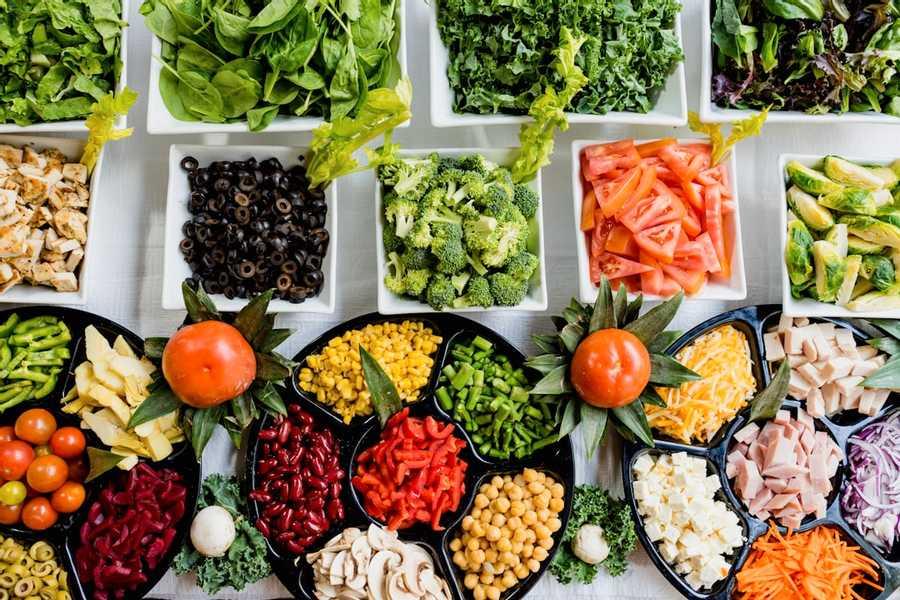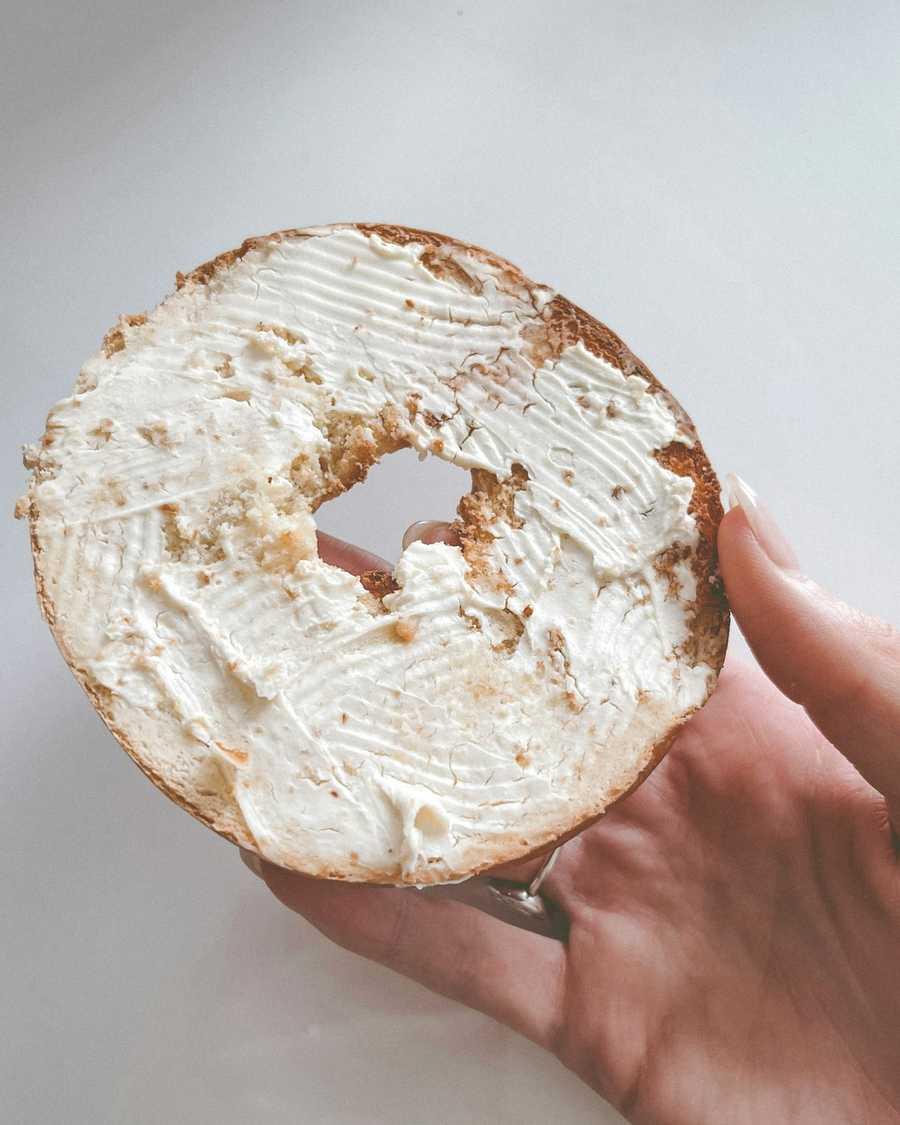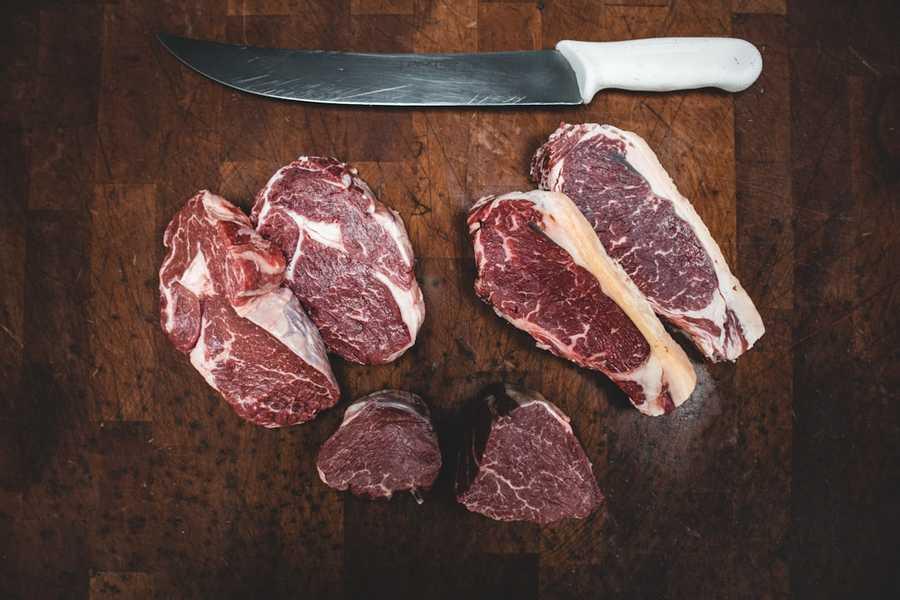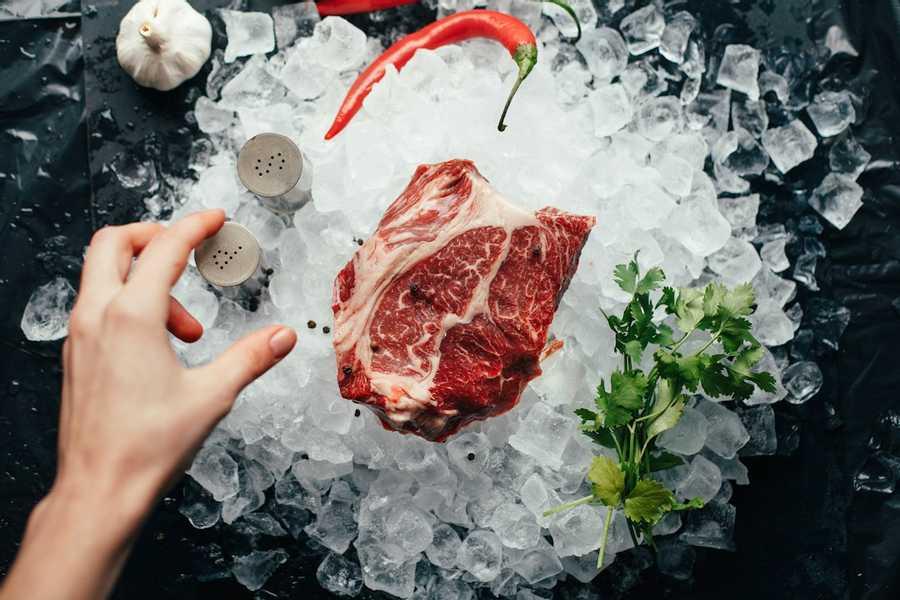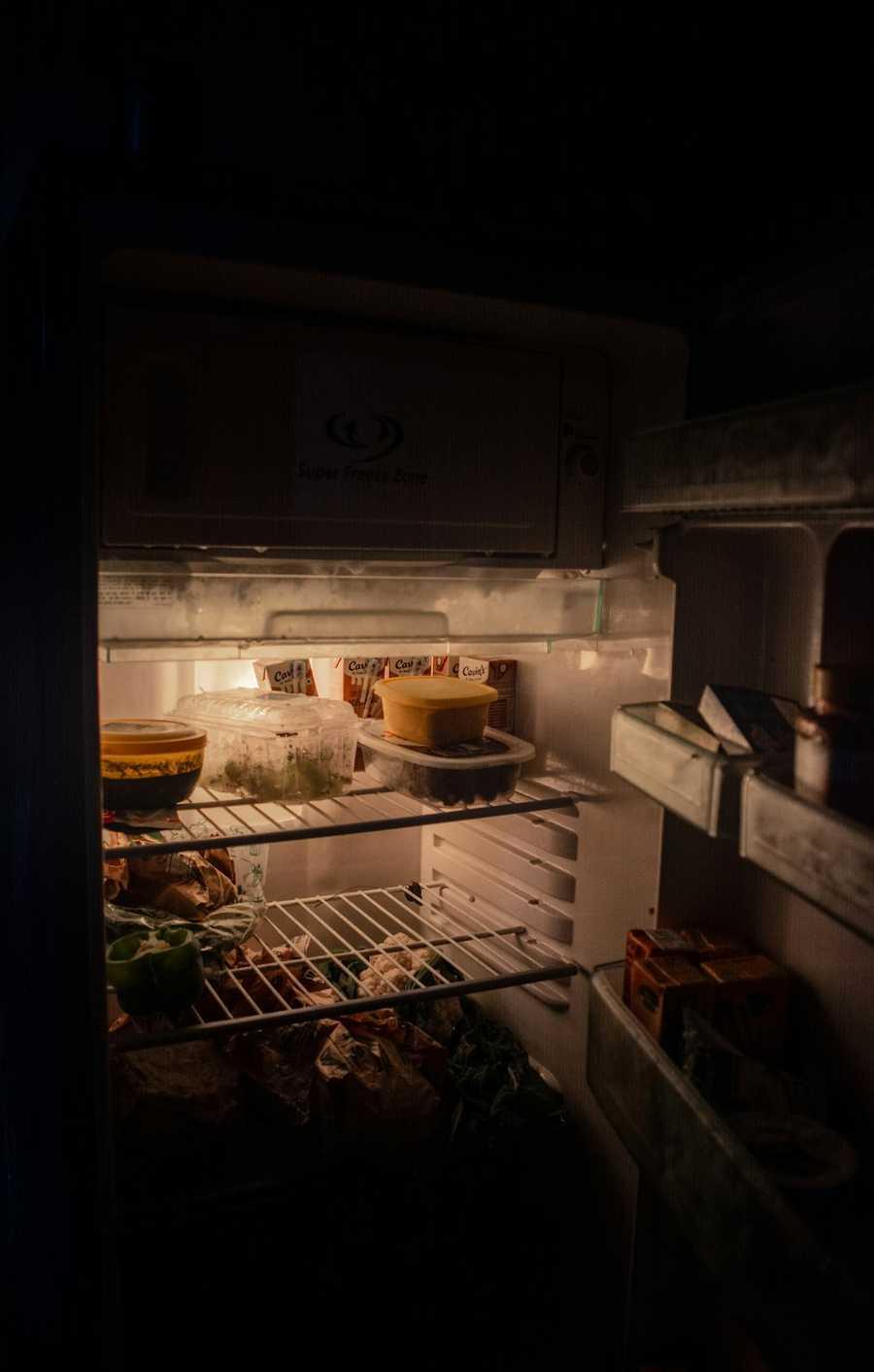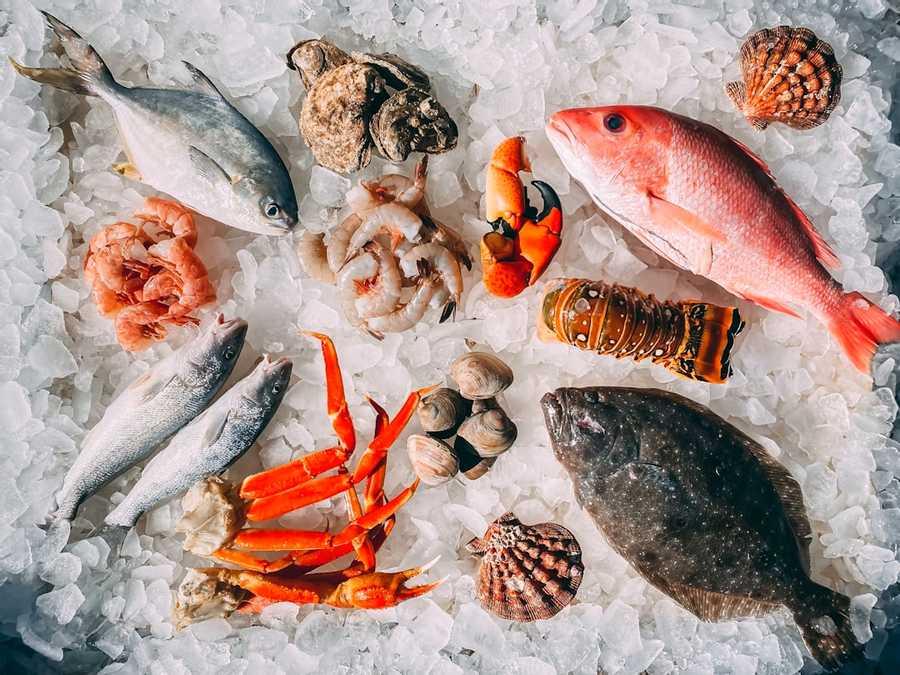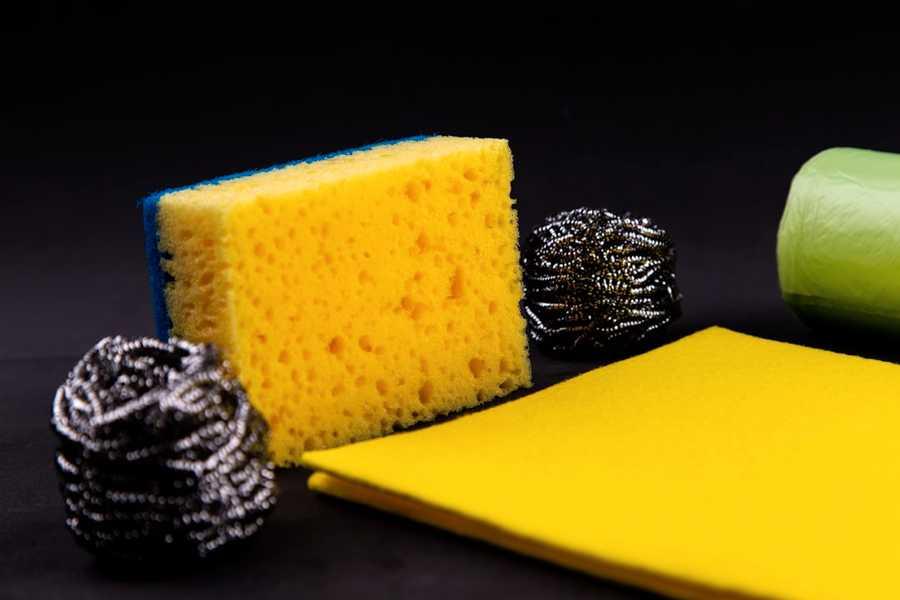Explore the World's Best Ideas
Join today and uncover 100+ curated journeys from 50+ topics. Unlock access to our mobile app with extensive features.
Are You One Of These 48 Million?
Don't be one of the 48 million Americans sickened by food poisoning each year. Avoid these 10 common yet dangerous food safety mistakes.
8
74 reads
Mistake #1: Tasting Food To See If It's Still Good
Never taste your food to check if it has spoiled. You can't taste, see or even smell all bacteria that causes food poisoning, and tasting just a tiny bit of contaminated food can cause serious illness. Throw away all expired food before harmful bacteria grows. Consider composting expired plant-based foods such as vegetables, fruits, bread and vegetarian leftovers.
9
51 reads
Mistake #2: Putting Cooked Or Ready-to-Eat Foods Back On A Plate
Never let raw meat, poultry or seafood touch cooked meat or any ready-to-eat foods, as this can cause cross-contamination. Foodborne pathogens from raw meat can easily spread to ready-to-eat foods and cause food poisoning. Always use separate plates, cutting boards and utensils to keep raw meats, poultry and seafood separate from ready-to-eat foods.
9
51 reads
Mistake #3: Thawing Food On The Counter
Never thaw food on the counter. Harmful foodborne pathogens multiply rapidly when foods are in the danger zone between 40°F and 140°F. Instead, always thaw foods in the refrigerator, cold water or in the microwave.
9
42 reads
Mistake #4: Washing Meat Or Poultry
Washing meat or poultry
Never wash raw meat or poultry because the water can easily spread bacteria to your sink, countertops and other kitchen surfaces. Only wash raw fruits and vegetables.
9
48 reads
Mistake #5: Letting Food Cool Before Putting In Fridge
Don't leave food out of the refrigerator for more than two hours or one hour if it is over 90°F outside. Illness-causing bacteria can grow rapidly when perishable foods are left in the danger zone — between 40°F and 140°F. Always refrigerate foods in a timely matter. If you are on a road trip, tailgating or picnicking, pack perishable foods in a well-insulated cooler with ice or cold packs.
9
42 reads
Mistake #6: Eating Raw Cookie Dough And Other Uncooked Foods
Never eat any raw eggs because they may contain Salmonella or other harmful bacteria. Instead, cook eggs thoroughly and avoid foods that contain raw or undercooked eggs. Even raw dough without eggs should not be consumed as raw flour may contain E. coli and cause people to get sick.
9
31 reads
Mistake #7: Marinating Meat Or Seafood On The Counter.
Never marinate meat, poultry or seafood on the counter or use the same marinade for raw meat and cooked food. If you marinate on the counter, harmful germs can multiple rapidly when in the danger zone — between 40°F and 140°F. In addition, if you use the same marinade on raw and cooked meats, the harmful bacteria from the raw food can spread to the cooked food. Always marinate raw meat, seafood and poultry in the refrigerator and only reuse marinade if you bring it to a boil just before using.
9
16 reads
Mistake #8: Undercooking Meat, Poultry, Seafood Or Eggs
Cooked food is safe only after it's been heated to a high enough internal temperature to kill harmful bacteria. In order to avoid eating undercooked foods, you must use a food thermometer — the only way to determine if cooked foods are safe to eat. Do not rely on sight, smell or taste to tell whether your food is done.
9
15 reads
Mistake #9: Not Washing Your Hands
Illness-causing bacteria can survive in many places — including on your hands. Always wash your hands for at least 20 seconds with soap and warm, running water before and after handling food.
9
19 reads
Mistake #10: Not Replacing Sponges And Dish Rags
Ironically, sponges and dishrags are some of the dirtiest tools in your kitchen. Sponges and dishrags can hold harmful foodborne pathogens and cause a serious health risk. Always sanitize your sponges at least every other day and replace them every week or two for best protection against germs.
9
22 reads
IDEAS CURATED BY
F T's ideas are part of this journey:
Learn more about food with this collection
Navigating and enjoying the thrill of horror and scare experiences
Historical knowledge of Halloween and its origins
Understanding and appreciating Halloween traditions worldwide
Related collections
Similar ideas
7 ideas
Marinating: A Guide to How it Works and What it Does
jessicagavin.com
6 ideas
Read & Learn
20x Faster
without
deepstash
with
deepstash
with
deepstash
Personalized microlearning
—
100+ Learning Journeys
—
Access to 200,000+ ideas
—
Access to the mobile app
—
Unlimited idea saving
—
—
Unlimited history
—
—
Unlimited listening to ideas
—
—
Downloading & offline access
—
—
Supercharge your mind with one idea per day
Enter your email and spend 1 minute every day to learn something new.
I agree to receive email updates

